Today we’re talking about the moon and what you can do to take the best images of it possible. There are some unique challenges, so let’s dive in!
If you plan on photographing the moon, first of all make sure you have a long telephoto lens – at least 300mm.
The moon is really far away so the stability of the camera and good image stabilisation are paramount for getting the best photographs.
Tripod vs Handheld
There are 2 ways to photograph the moon: handheld, or with the camera mounted on a tripod. If you are planning to use a tripod make sure to turn the image stabilisation off and use a remote shutter releaser or the 2 seconds timer.
If you are planning to capture the image handheld you will need to have very steady arms, but you could also use a monopod or rest the camera on something stable. I rest my hand on my balcony door, which is opened.
I personally use a 200mm lens with a 2x teleconverter mounted on a crop factor camera which makes a total of focal-length of 600mm which is more than enough for me.
Camera settings:
- I usually capture the moon in aperture priority and I set my light meter in spot metering mode.
- Then I set my aperture to the largest value. From this distance the moon appears flat so you won’t need a wide depth of field, and also I set my exposure value to -2 stops.
- I set the ISO until my shutter speed reaches a value close to 1/600.
If you plan to capture the moon in manual mode:
- I usually set my shutter speed to 1/800 – a little higher than the focal length.
- What ISO to choose will depend how bright the moon is. Set it to 200 and take a test image. Zoom in fully to check if the moon is sharp enough. Then check the brightness and adjust the ISO accordingly.
Watch the sky, be patient, and start taking pictures early when the moon is at a low angle, close to the horizon lane, and watch the sky for planes, birds or helicopters. If you are in a big city, you have a big chance to catch more interesting images than just the moon on its own.
When taking the pictures be very patient; hold the camera steady, wait until you lens is stable enough, establish a good connection with the focus point with the moon, hold your breath, and squeeze the shutter gently, without shaking the camera.
If you take any great images do not hesitate to share them with us on our facebook page
Happy shooting!
If you would like to take our photography to the next level why not take a photography course with us? We’re based in Waterloo, central London, UK. Check out our courses here.

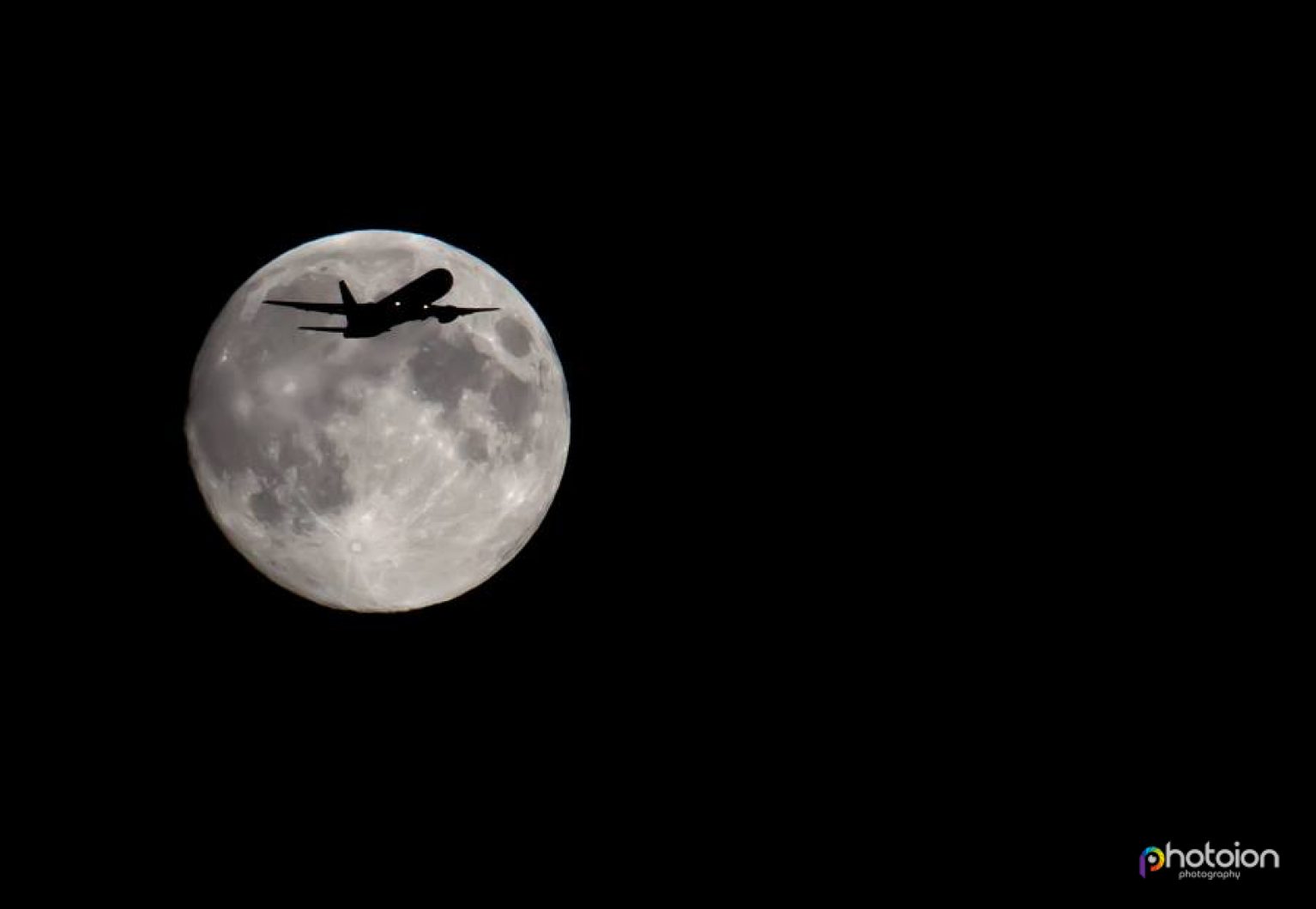
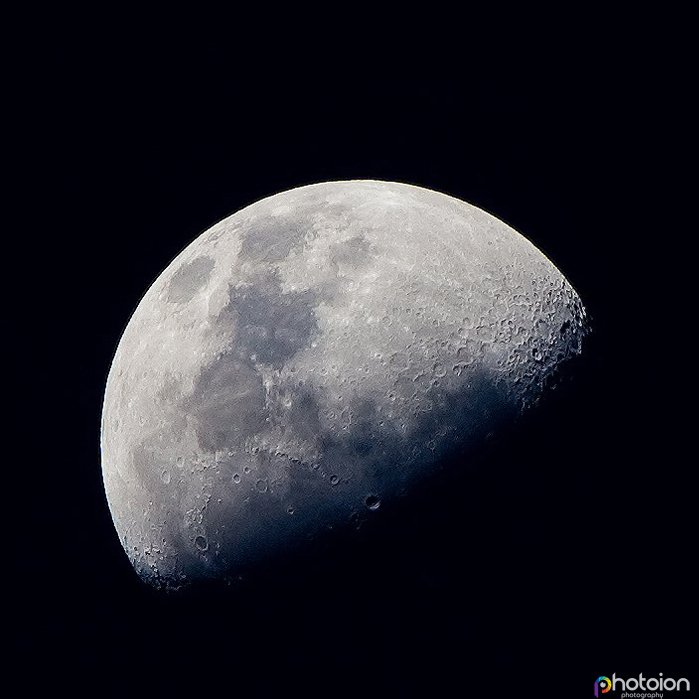
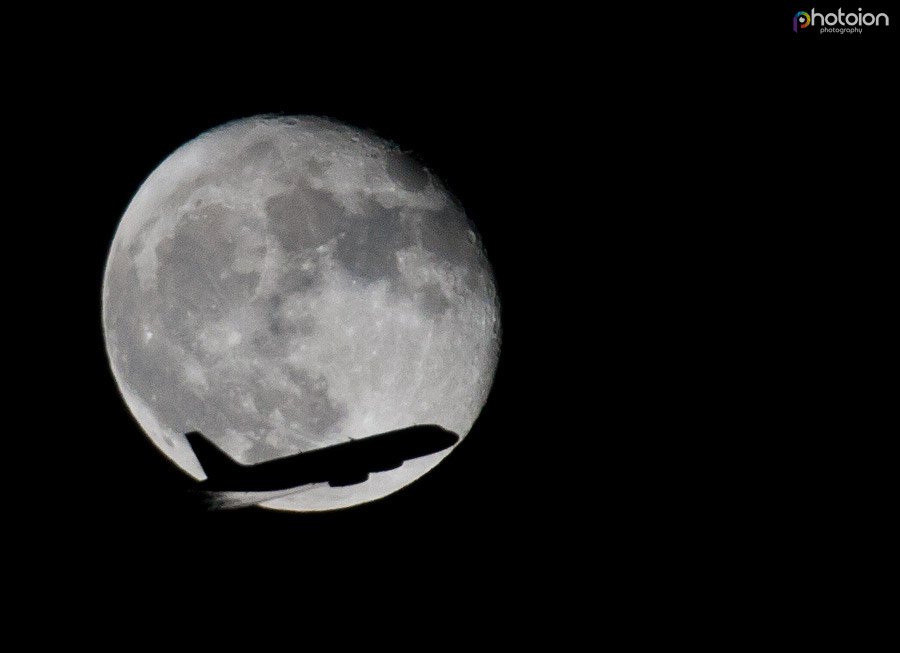
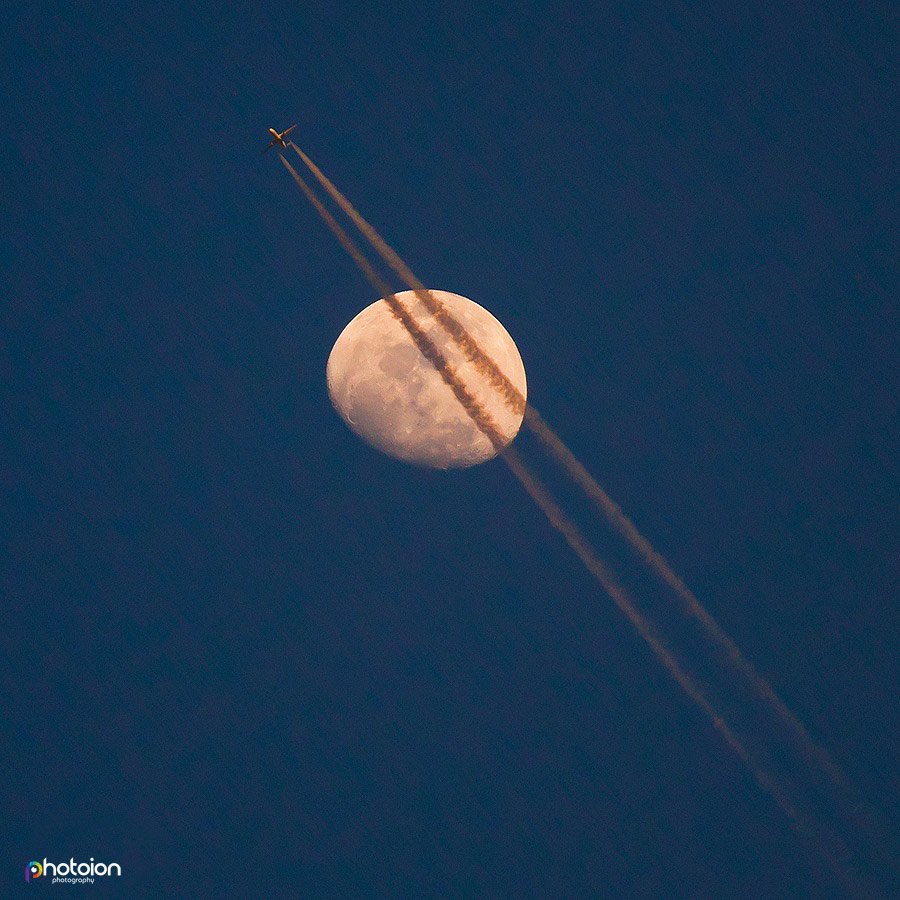
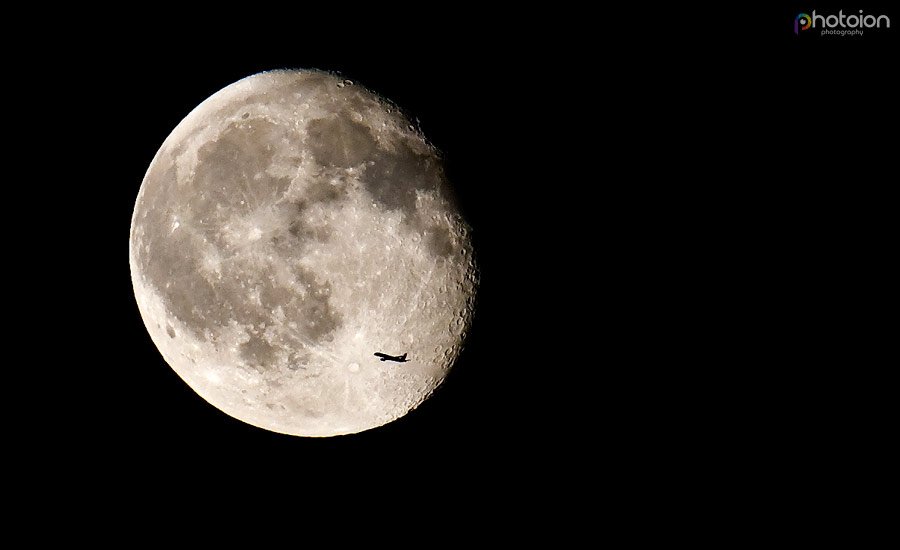
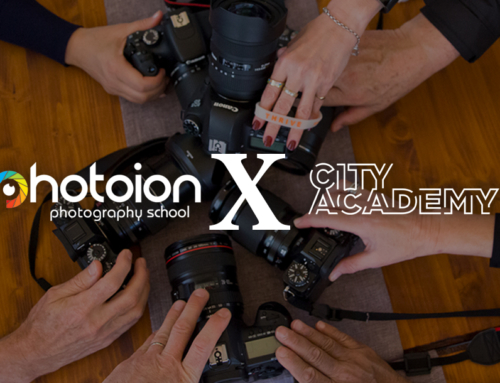
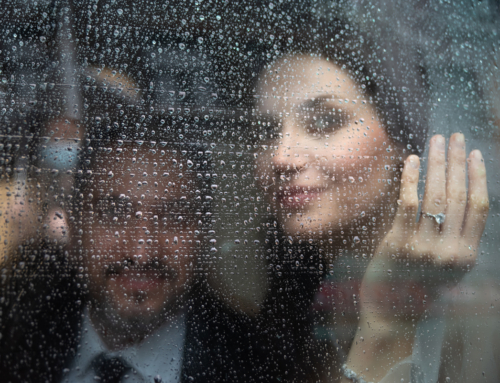
[…] The 24.2 megapixel sensor, along with an expanded ISO range, and improved auto focus means that the 80D is more than capable in even the lowest light situations. If you are thinking of using the 80D to capture some images at night, be sure to check out our Moon Photography Tips here. […]
What a helpful article! I tried to take photos for moon, but all failed. After reading this, first of all I will get the teleconver and then try again. Thank you Ion for spending time to write this. Really appreciate!